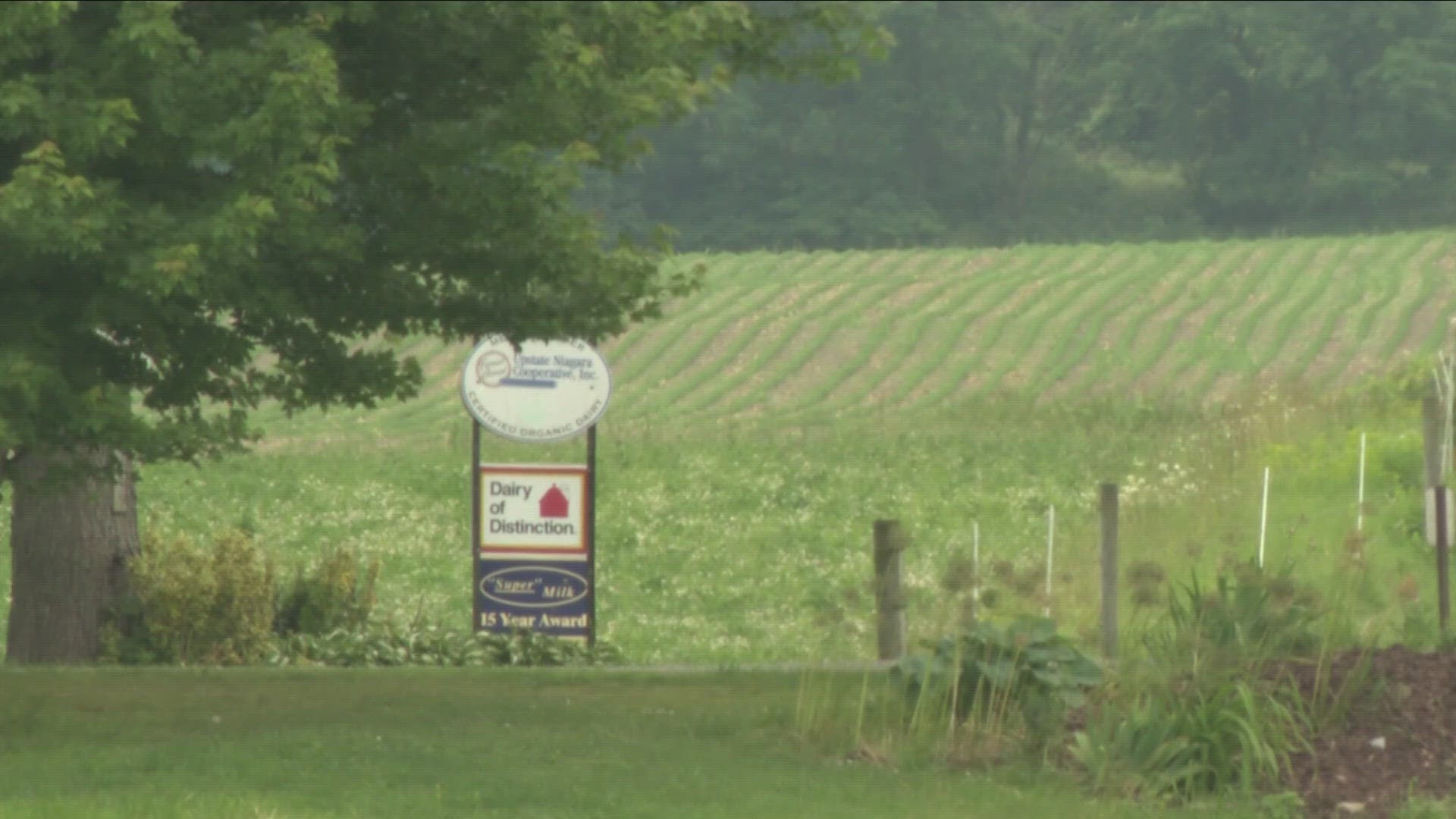BUFFALO, N.Y. — The Biden administration announced a major investment for expanding broadband access across the country, as well as New York State Monday afternoon.
The bipartisan infrastructure bill secured $65 billion for broadband projects across the country.
$40 billion of that was announced for state dispersal Monday afternoon.
"We will connect every American to high-speed broadband by 2030," President Biden said Monday afternoon.
2 On Your Side has highlighted, many times, the struggles for Western New Yorkers have had getting connected.
New York State will be receiving $664M for broadband expansion, according to Senator Chuck Schumer's office.
"New York, under Gov. Hochul’s leadership, is leading the charge to get all New Yorkers the equitable access to the internet they deserve, and this major federal investment will help finally give our communities the support they need to succeed in the 21st century," Schumer said.
It is now up to the ConnectALL office, also known as the state broadband office, to develop a plan as to how to spend the $664 million and what communities need investment the most.
Gov. Kathy Hochul previously announced plans for how the state would spend $1 billion on broadband expansion.
Hochul has directed the ConnectAll office to prioritize broadband expansion for affordable housing units, and allow municipalities to apply for funds to build their own broadband system.
Buffalo Mayor Byron Brown pledged to look into a municipal broadband system while running for reelection, but the city has made little to no progress exploring those options. The city also spend rescue plan funds to study broadband issues in the Queen City, but has not adopted the recommendations the study laid out to fix the problem.
The City of Jamestown has been actively working towards building its own municipal broadband network. Sources tell 2 On Your Side the big hold up on the project has been waiting to see how much the state will receive from the federal government, and how much would be available to request at the local level.
The state has until December to give a detailed plan to the NTIA as to how they plan to spend the money. Twenty percent of the funds will be released to the state before then, so projects can begin. Once the NTIA signs off on the plan written by the state, the remaining funds will be available for expansion projects.

